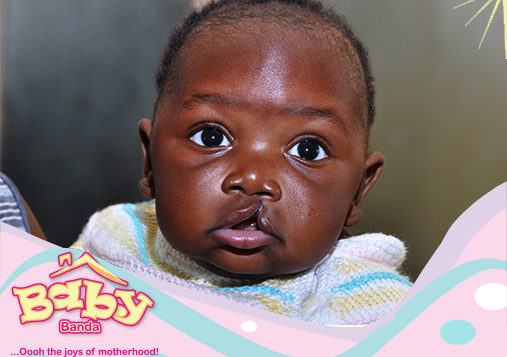Approximately 1 in every 500 Kenyan children is born with a cleft lip and/or cleft palate. This congenital condition may lead to difficulty breathing, drinking, eating and speech development unless early intervention is given. The cause of the cleft lip and cleft palate is not known.
Cleft Lip and Palate
A cleft is a gap or split in the upper lip, the roof of the mouth (palate), or sometimes both. It occurs when separate areas of the face do not join together properly when a baby is developing during early pregnancy.
There are three major types of clefts.
Cleft lip
This condition occurs when the two sides of the lip do not fuse completely. A cleft of the lip may be complete or incomplete and involves either one side of the lip or both sides of the mouth. This type of cleft sometimes includes the upper gum and the nose.
Cleft Palate
This condition occurs when the roof of the mouth does not unite properly. Openings may involve either side of the palate and may extend into the nasal cavity. They may extend from the front of the mouth (hard palate) to the throat (soft palate), and they often include the lip. Occasionally some children may have a split uvula; this is where the muscles beneath the lining of the mouth and the nose (mucosa) are not joined.
Cleft lip and palate
There is a hole in the roof of the mouth leading to a connection between the mouth and the nose. A cleft of the lip and palate involves one or both sides of the lip, base of the nose, gum and palate. Occasionally, the lip and palate are cleft but the nose and gum are intact.













